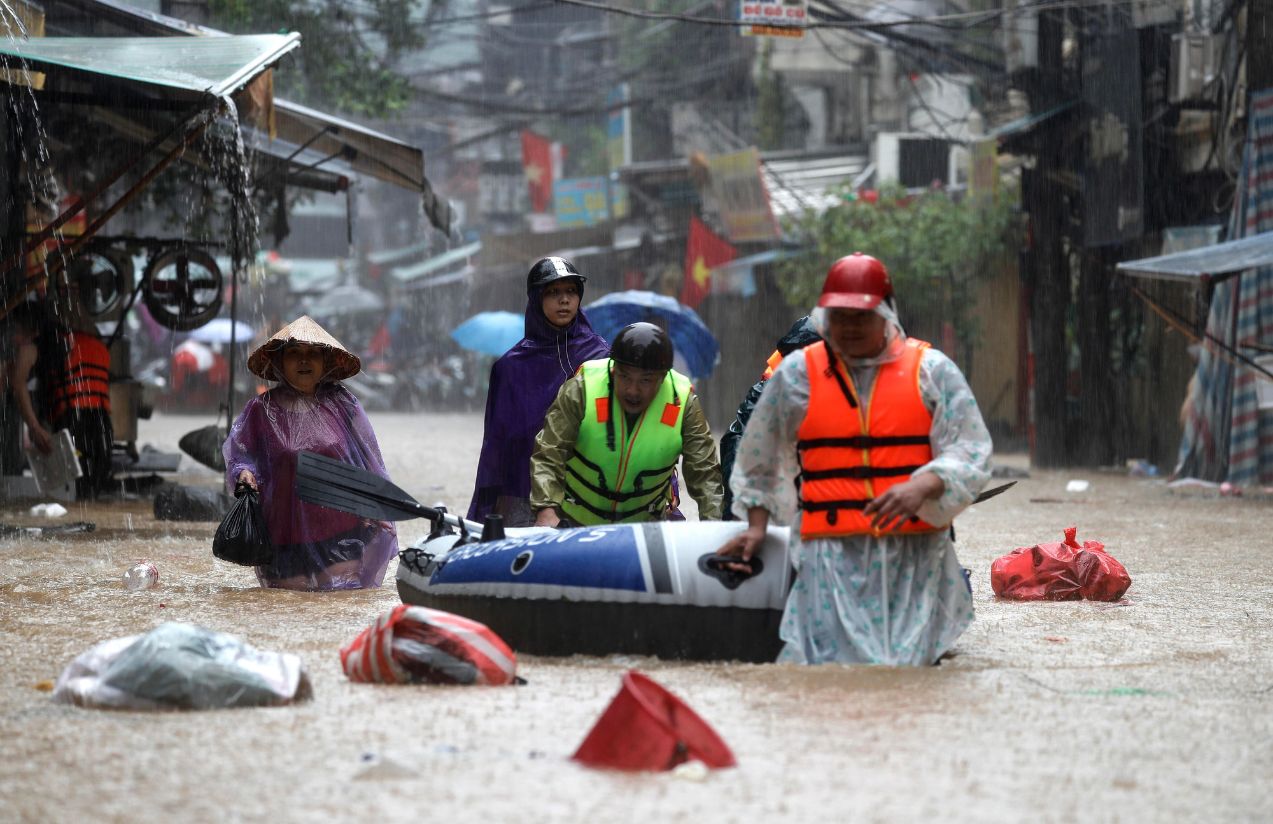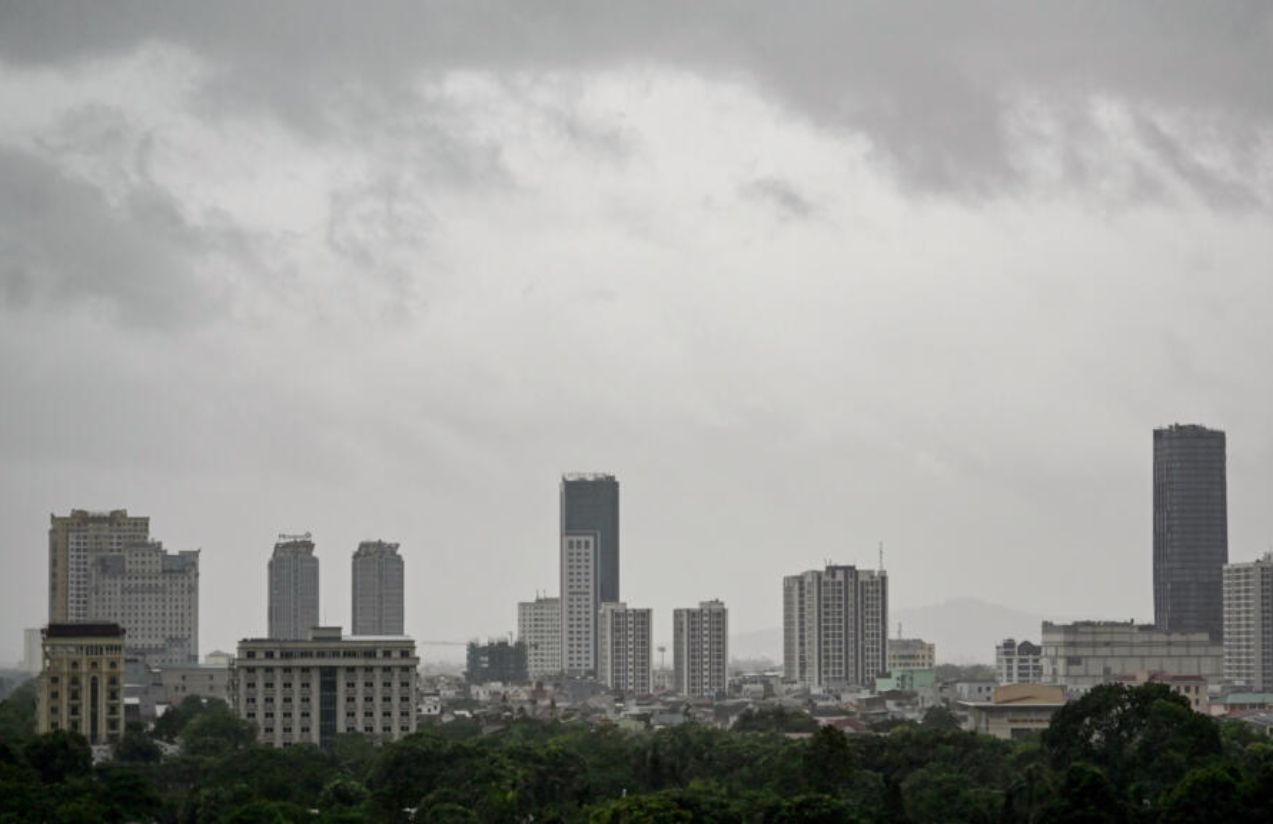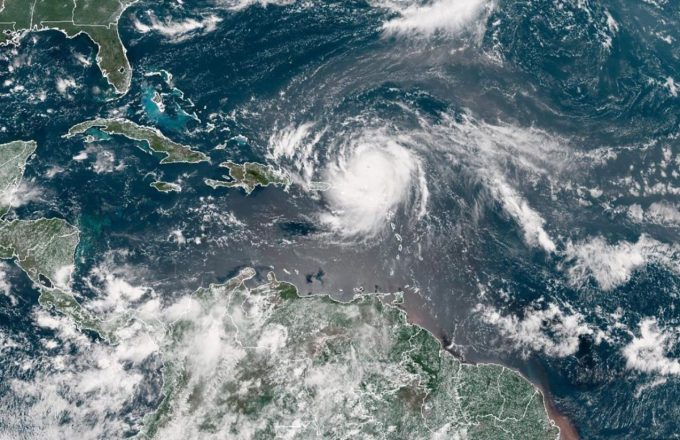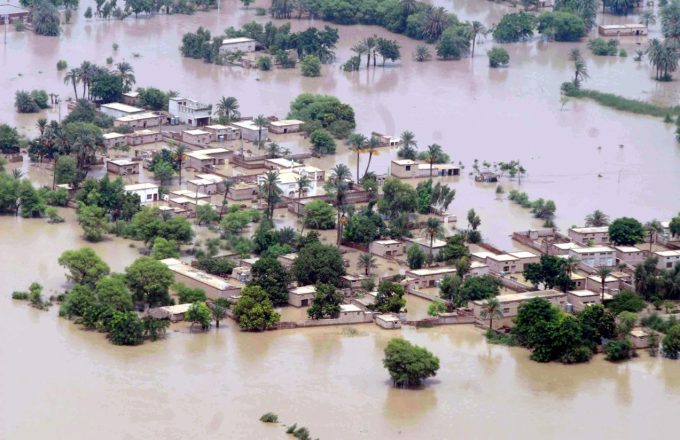Vietnam is facing tense moments with the arrival of Typhoon Kajiki, considered one of the most powerful storms of the year. With sustained winds exceeding 160 km/h (99 mph), authorities have taken emergency measures to protect the population. More than 500,000 people have been evacuated from coastal areas, and schools, airports, and ports in the most vulnerable provinces have been ordered to close.
Thousands of soldiers and rescue brigades have been deployed to assist with logistics and prevention efforts. The government has warned that heavy rainfall could trigger flooding and landslides in mountainous areas, increasing the risk for rural communities.

In recent years, typhoons striking Southeast Asia have shown increasingly unpredictable patterns, rapidly intensifying and causing greater damage. Residents, mindful of past devastation, are stocking up on basic supplies and reinforcing their homes as they wait for impact.
What can be expected in the coming hours?
Authorities predict torrential rains, strong storm surges, and power outages across several provinces. Kajiki not only threatens with devastating winds but also with testing the country’s ability to respond to a large-scale emergency.












